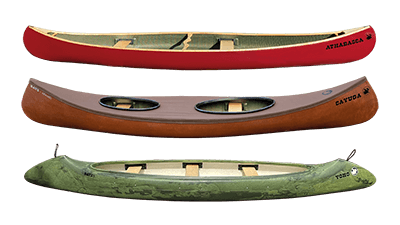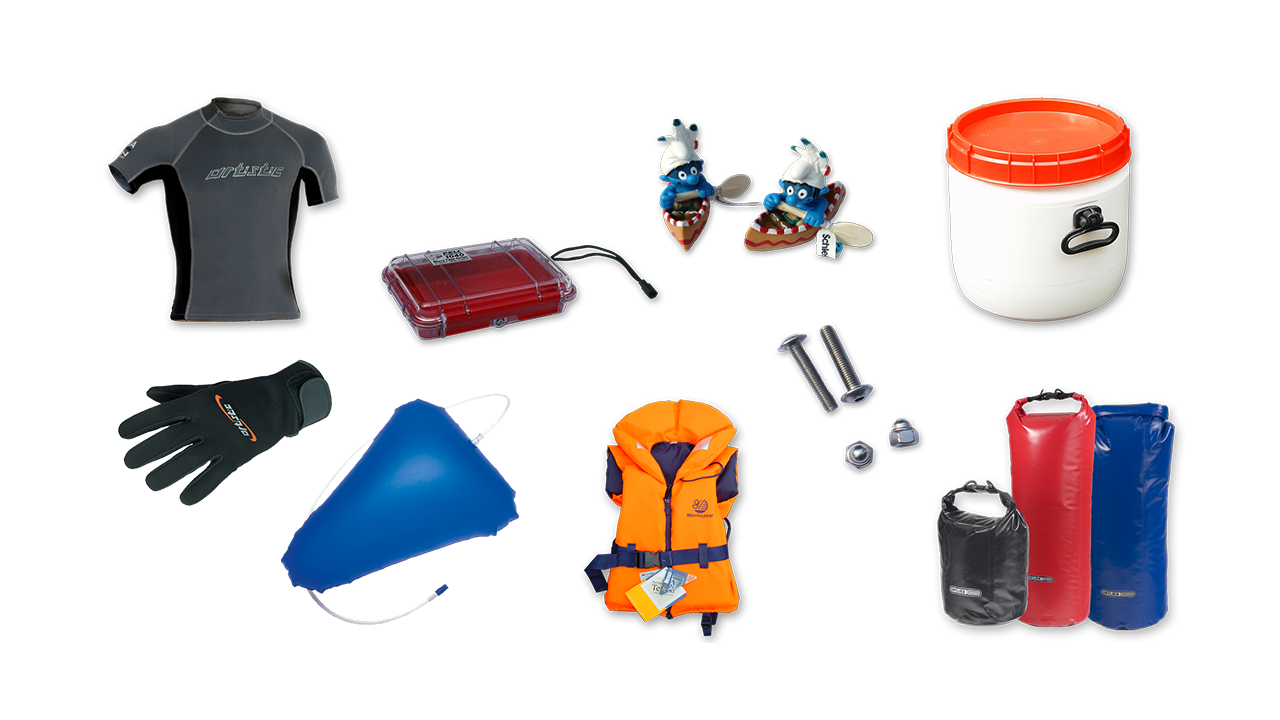GATZ-CANOES AREAS OF USE
First of all, it should be noted that Gatz canoes, as can be seen in some pictures, can often be used in more challenging types of water due to their properties than you may currently be able to handle as a canoeist. With growing experience in paddling, safety and boat control also increase. This shifts the boundaries, and the range in which you feel comfortable expands.
We aim to provide our customers with an overview of the appropriate usage categories for each model, indicating where the respective canoe can be used effectively and safely with the necessary experience and paddle technique.
Consciously, we do not adhere to the international 6-class whitewater categorization here. For most experienced canoeists, a limit is reached at classic WW 3, and at the latest at WW 4 with obstacles. Therefore, we believe that additional criteria are appropriate for the family and touring canoe segment in the 'easy to moderately difficult' categories WW1-2 by definition, to help you select the right canoe for your needs.
Please note that these are only guidelines, assuming normal conditions (water levels/weather).
Important: A large lake can develop waves during a storm that are significantly more dangerous due to their size and frequency than some water force on flowing water. On the other hand, technique and the ability to 'read' the water play a significant role on flowing waters. Use literature (e.g., the still current classic 'DER CANADIER') and also videos for self-study.
Do not overestimate yourself, and only move on to a higher category when you and your fellow paddlers truly excel in a lower category.
Plan your trips with river guides, wind and weather forecasts, and always wear the appropriate clothing and a life vest. Ensure maximum buoyancy for your canoe, for example by using dry bags, barrels, or additional buoyancy aids.
Our 10 stages are divided with seamless transitions as follows:


Area of use 1: LAKE
Area of use 2: COAST


Area of use 3: LARGE RIVER
Area of use 4: LARGE RIVER, meandering


Area of use 5: RIVER, calm
Area of use 6: SMALLER RIVERS


Area of use 7: RIVER with rocks
Area of use 8: LIGHT WILD WATER


Area of use 9: WILD WATER
Area of use 10: HEAVY WILD WATER






